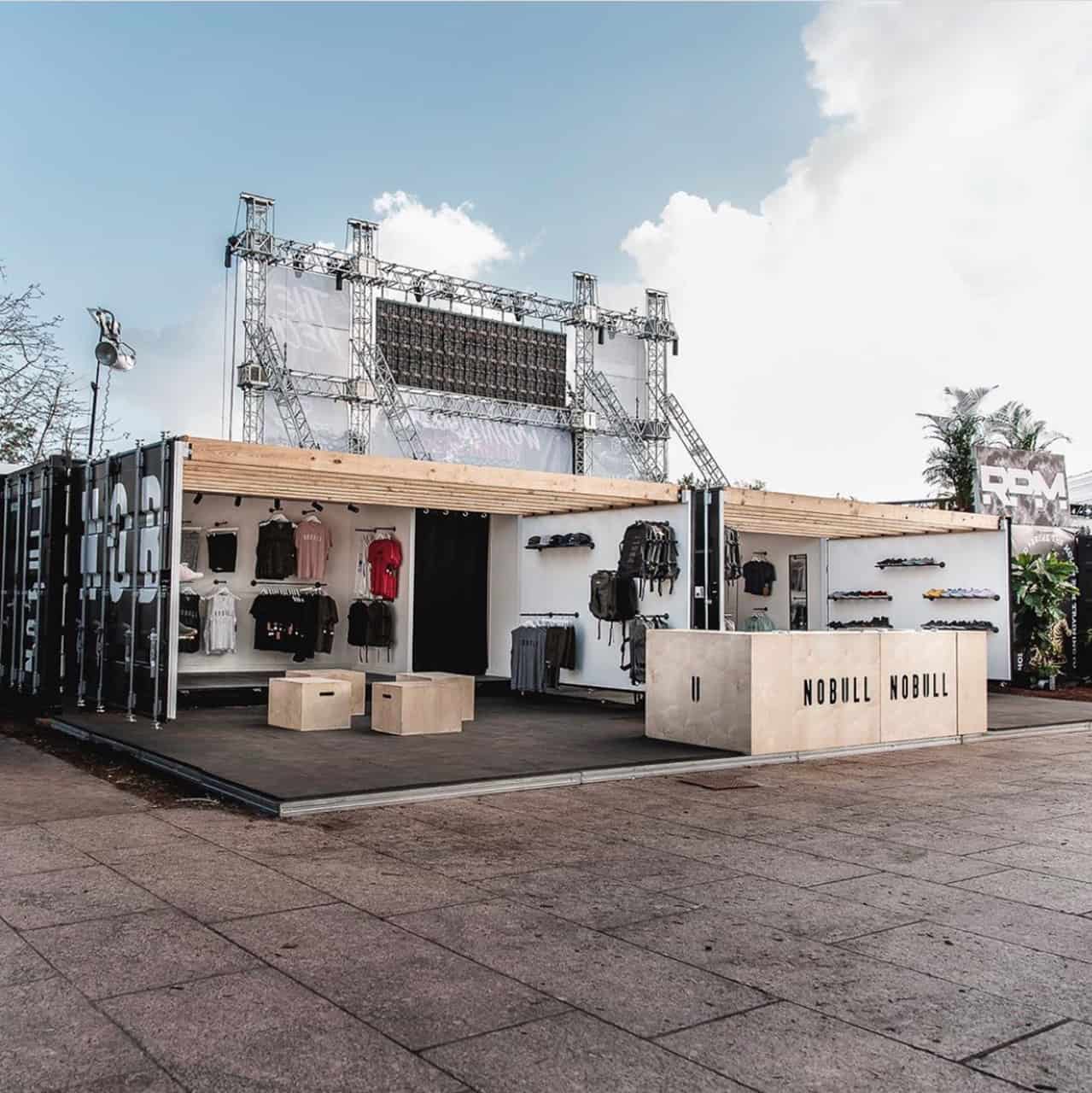There’s more to buying shipping containers than choosing a unit and inspecting it. Each unit weighs up to four tons, so the buying process can be a little trickier than you would imagine. Thankfully, shipping container suppliers like Equipment Management Services have the right vehicles and methods to deal with such heavy items. Here’s an overview of the delivery process.

Vehicles Needed
There are several types of vehicle that might be needed to transport shipping containers from point A to point B. A forklift is needed to pick the container up from the storage facility and load it onto the truck. Depending on the length and number of shipping containers to be transported, one or more trucks up to 24 wheels long may be required. A crane may come in handy should there be unloading issues or if the containers has to be stacked up.
Loading the Container onto the Truck
There are three loading and delivery methods that you can choose from:
- Tilt Bed Truck – The most popular delivery option, this works much like how a dump truck drops garbage off to a landfill. The truck backs to the unloading spot, tips the bed and lowers one end of the container, then pulls away slowly to unload the container. While it may cost a little more than other methods, it can guarantee safe delivery of your boxes.
- Flat Bed Truck – This method is ideal for situations where more than one container or an additional cargo has to be trucked. The containers will be loaded to the truck and unloaded to your property through a forklift or a crane.
- Chassis – In this method, the container is loaded on a chassis, a metal frame with wheels, attached to a trailer truck. As soon as the truck reaches its destination, the chassis is detached and the container is slid off.
Maneuvering the Truck Around
It takes special skills to drive a truck carrying a shipping container. One of the most important things a driver has to remember is the clearance required to be able to maneuver the truck smoothly and safely on the road and on the drop-off area. A truck carrying a 40-ft container needs at least 100-ft clearance, while a truck carrying a 20-ft container needs 60-ft clearance.
Dropping the Container Off
Before planning the delivery, you have to make sure that the area on your property where the container will be dropped off is level and tough. This way you can prevent the container from sinking into the soil, making it hard to pull it into place, or tip over on one side. This will also help make positioning the unit a lot easier.
The manner by which the shipping container must be transported to your property may vary depending on a number of factors, including distance, weather condition, accessibility of the property, and the type of terrain the truck has to travel on. You have to give these crucial pieces of information to your shipping container supplier in Houston so they can create an effective delivery strategy to your property.
Sources:
How Much Does It Cost To Transport A Shipping Container? ,containerhomeplans.org
CHASSIS CHARGE – WHAT IS IT?, pnglc.com









